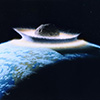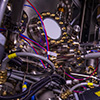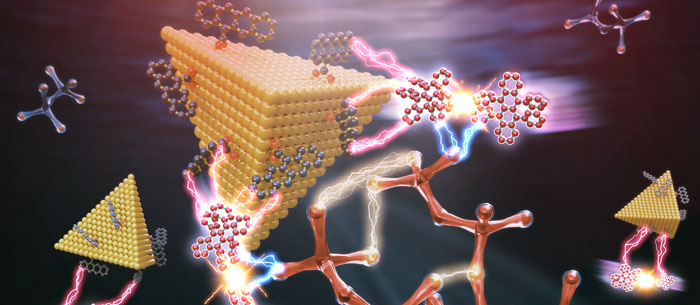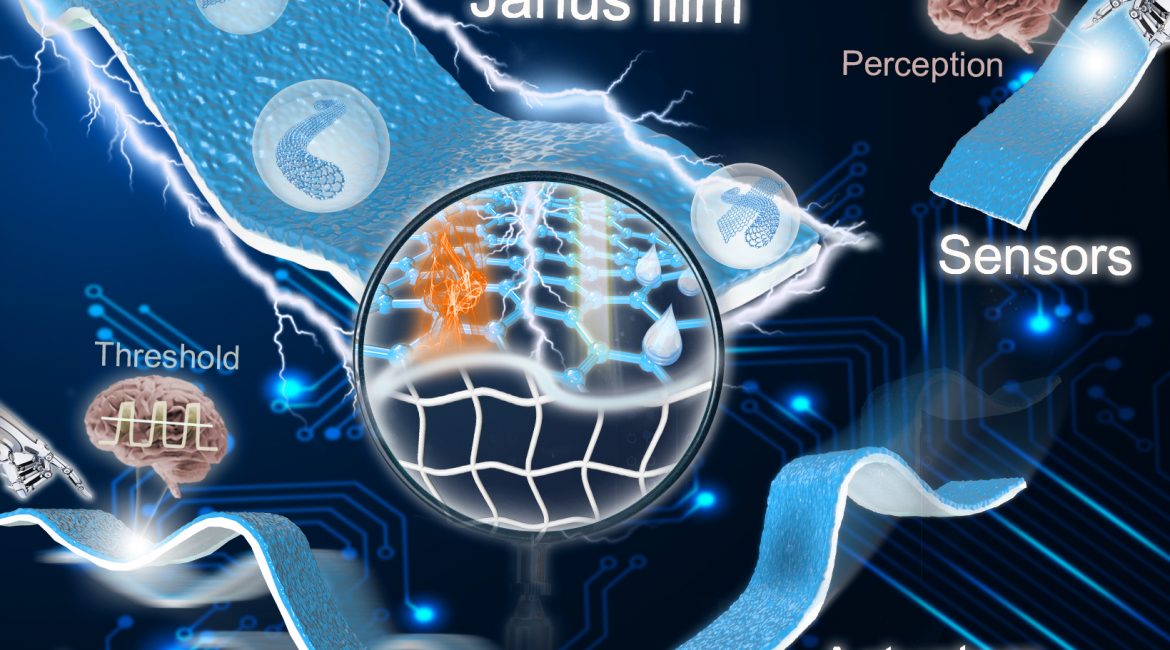Feb 07, 2023 (Nanowerk News) Underwater structures that can change their shapes dynamically, the way fish do, push through water much more efficiently than conventional rigid hulls. But constructing deformable devices that can change the curve of their body shapes while maintaining a smooth profile is a long and difficult...
Asteroid impact in slow motion
Feb 07, 2023 (Nanowerk News) For the first time, researchers have recorded live and in atomic detail what happens to the material in an asteroid impact. The team of Falko Langenhorst from the University of Jena and Hanns-Peter Liermann from DESY simulated an asteroid impact with the mineral quartz in...
How to reverse unknown quantum processes
Feb 07, 2023 (Nanowerk News) In the world around us processes appear to follow a certain time-direction: dandelions eventually turn into blowballs. However, the quantum realm does not play by the same rules. Physicists from the University of Vienna and IQOQI Vienna have now shown that for certain quantum systems...
Using machine learning to predict vibrational stability
Feb 07, 2023 (Nanowerk News) Countless hours could be saved in the quest to discover new materials thanks to a machine learning program that rapidly and accurately predicts vibrational stability. Scientists can choose to experiment with millions of theoretical chemical compounds, but many of these proposed materials will never exist...
Nanoscale ferroelectric semiconductor could power AI and post-Moore’s Law computing on a phone
Feb 06, 2023 (Nanowerk News) Ferroelectric semiconductors are contenders for bridging mainstream computing with next generation architectures, and now a team at the University of Michigan has made them just five nanometers thick—a span of just 50 or so atoms. This paves the way for integrating ferroelectric technologies with conventional...
Distant galaxy mirrors the early Milky Way
Feb 06, 2023 (Nanowerk News) A galaxy has been discovered that mirrors the very early version of our home galaxy, the Milky Way. The galaxy, dubbed ‘The Sparkler’, is embedded in a system of globular clusters and satellite galaxies, and appears to be swallowing them as it grows. The research...
‘Engine’ of luminous merging galaxies pinpointed for the first time
Feb 06, 2023 (Nanowerk News) Roughly 500 million light-years away, near the constellation Delphinus, two galaxies are colliding. Known as merging galaxy IIZw096, this luminous phenomenon is obscured by cosmic dust, but researchers first identified a bright, energetic source of light 12 years ago. Now, with a more advanced telescope...
Upconversion of infrared photons enables rapid organic synthesis under sunlight
Feb 06, 2023 (Nanowerk News) A research group led by Prof. WU Kaifeng from the Dalian Institute of Chemical Physics (DICP) of the Chinese Academy of Sciences (CAS) has reported the efficient near-infrared photon upconversion sensitized by lead-free semiconductor nanocrystals, and demonstrated its novel application in solar synthesis. The study...
Carbon-based Janus films toward flexible sensors and soft actuators
Feb 06, 2023 (Nanowerk News) The unique physical/chemical properties and synergetic multifunctions have given Janus films great potentials in sensing, actuation, advanced separation, energy conversion and storage, etc. Combining the unique advantages of carbon nanomaterials in electrical conductivity, intrinsic mechanical flexibility, chemical and thermal stability, and ease of assembly, carbon-based...
Discovery of new ice may change understanding of water
Feb 04, 2023 (Nanowerk News) Researchers at UCL and the University of Cambridge have discovered a new type of ice that more closely resembles liquid water than any other known ices and that may rewrite our understanding of water and its many anomalies. The newly discovered ice is amorphous -...










